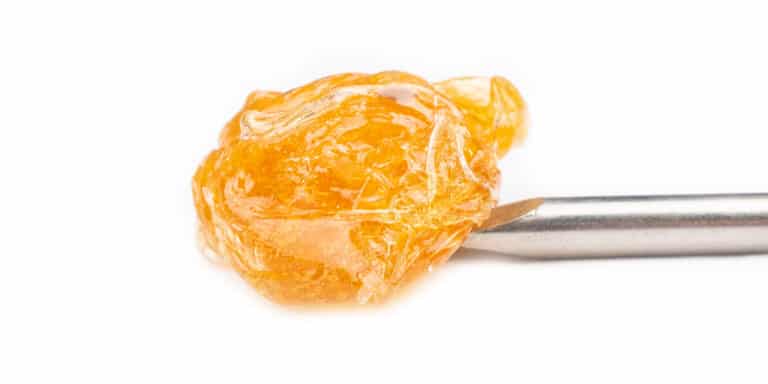Walk into any dispensary and you’ll see the familiar categories: sativa, indica, and hybrid. But what do they really mean?
For years, these labels have shaped how cannabis is sold — but not always how it actually works. The truth is more complex, and knowing the difference can help you find products that better match your goals.
In this guide, Capital Dank breaks down:
- The botanical origin of sativa and indica
- How each type is generally expected to affect your mind and body
- What a hybrid really is in today’s market
- Why terpenes and cannabinoids matter more than labels
Sativa: History, Traits & Typical Effects
Sativa strains were originally classified by botanists in the 18th century. These plants thrived in hot, equatorial climates like Southeast Asia, Central America, and parts of Africa.
Plant Characteristics:
- Tall, thin plants with narrow leaves
- Long flowering time
- Best grown outdoors in warm climates
Expected Effects (Traditionally):
- Energizing or uplifting
- Mentally stimulating or creative
- Ideal for daytime use, social settings, or focus
Why It Matters:
Sativas are often recommended for depression, fatigue, or social anxiety — but in reality, the effects depend heavily on terpene content. Strains high in limonene or pinene, for example, tend to feel more stimulating regardless of the label.
Examples at Capital Dank:
- Durban Poison
- Jack Herer
- Green Crack
Indica: History, Traits & Typical Effects
Indica strains originate from cooler, mountainous regions — particularly Afghanistan, Pakistan, and northern India. First documented by French biologist Jean-Baptiste Lamarck in 1785, indica plants were known for their dense resin production, which made them ideal for hashish.
Plant Characteristics:
- Short, bushy plants with wide leaves
- Fast flowering time
- Strong, sedative resin content
Expected Effects (Traditionally):
- Deep body relaxation
- Stress and pain relief
- Heaviness or couch-lock
- Commonly used for sleep or anxiety
Why It Matters:
The effects typically attributed to indicas are linked to myrcene — a terpene known for its sedative qualities. But not every indica-dominant strain is sleepy, and not every body high comes from indicas alone.
Examples at Capital Dank:
- Ice Cream Cake
- Granddaddy Purple
- Purple Kush
Hybrid: Genetics, Types & How They Work
Today, nearly every strain on the market is a hybrid. Breeders have spent decades mixing sativa and indica genetics to create more precise effects, better yields, or specific medical outcomes.
Hybrid Categories:
- Indica-dominant – calming with some mental clarity
- Sativa-dominant – mentally energizing with light body effects
- Balanced hybrids – blend of cerebral and physical effects
Hybrids offer a middle ground — but what they feel like depends on the specific genetic lineage, terpene profile, and cannabinoid ratios.
Why It Matters:
A hybrid can feel sleepy, focused, euphoric, or mellow — it’s all in the chemotype, not just the category.
Examples at Capital Dank:
- Gelato (balanced)
- Wedding Cake (indica-leaning)
- Mimosa (sativa-leaning)
The Truth: Labels Only Go So Far — Chemistry Matters More
While “sativa” and “indica” are still used in retail to describe general effects, they don’t guarantee how a strain will make you feel. You’ll get more reliable results by paying attention to:
- Terpenes – like limonene, myrcene, and caryophyllene
- Cannabinoid content – not just THC %, but also CBD, CBG, etc.
- Your own body chemistry – what works for you might not work for someone else
At Capital Dank, we help you shop based on real effects — not just plant labels.
How to Choose the Right Type at Capital Dank
1. Know What You Want to Feel
- Relaxed and sleepy? Look for myrcene-heavy strains (often in indicas or indica-dominant hybrids)
- Creative or energetic? Try strains high in limonene or pinene (common in sativas)
- Balanced relief? Go for a well-rounded hybrid with a full terpene profile
2. Don’t Obsess Over THC %
A 25% THC strain with no terpenes might feel weaker than a 19% strain that’s terp-rich. It’s about quality, not just quantity.
3. Talk to Us
Tell our team how you want to feel — we’ll recommend the best match, whether it’s a pure strain or a hybrid cross.
TL;DR – Quick Summary
| Type | Origin | Typical Effects | Important Terpenes |
|---|---|---|---|
| Sativa | Hot, equatorial regions | Uplifting, cerebral | Limonene, Pinene |
| Indica | Cold, mountainous regions | Relaxing, physical | Myrcene, Linalool |
| Hybrid | Cross of both | Balanced or targeted | Varies based on lineage |
Final Thoughts
Understanding the difference between sativa, indica, and hybrid isn’t just about history or plant shapes — it’s about how your body reacts to cannabinoids and terpenes.
At Capital Dank, we go beyond the label to help you dial in what actually works. Whether you’re chasing sleep, creativity, or straight-up relief — we’ll help you find the right fit, every time.














